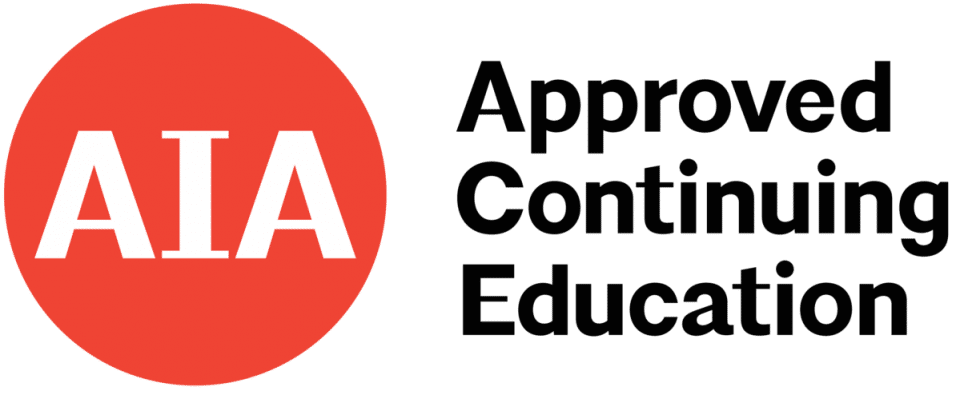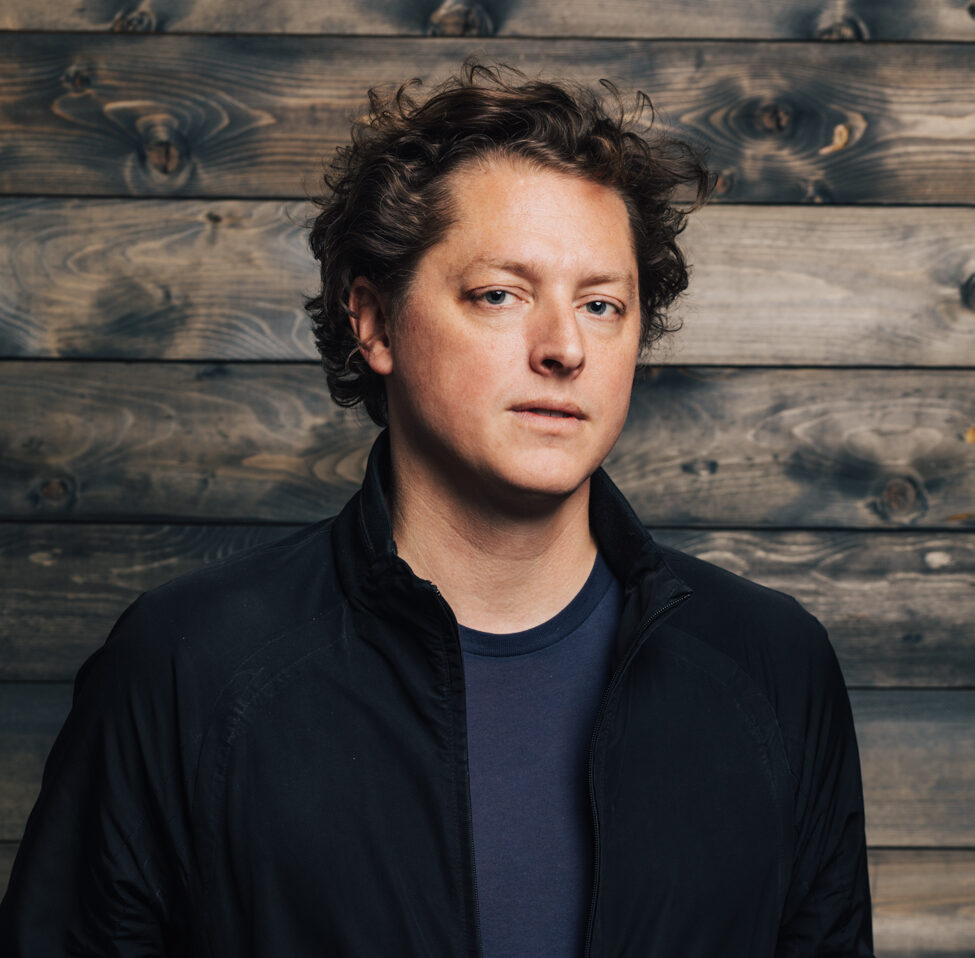Metal construction creates unique acoustic challenges, especially for large spaces with tall ceilings. This session will describe the history of acoustics and metal buildings – how they each developed and how they combine in the present day. We’ll dive into the best way to assess and fix these spaces using Day 1 and Day 2 approaches, and compare acoustical decking, banners, baffles, clouds, and panels. The most common unit in acoustics – NRC – will be demystified and the session will answer the question “How much do I need?”.
Learning Objectives:
- Explore the history of acoustics in metal buildings.
- Define and understand Day 1 and Day 2 approaches.
- Demystify the most common unit in acoustics: NRC.
- Compare acoustical decking, banners, baffles, clouds, and panels against each other.
- How structure, size, space, and specifically height affect the entire building’s acoustics.
Continuing Education Credit:
1.0 AIA LU HSW 

Zackery Belanger
Acoustic Architecture Consultant, CAFETERIA
Zackery Belanger is an expert in acoustic architecture with over twenty years of experience. He holds Bachelor and Master of Science degrees in Physics from Oakland University, and a Master of Science degree in Architectural Sciences from Rensselaer Polytechnic Institute. He spent nine years with acoustics consultants Kirkegaard Associates, and in 2013 was the inaugural Researcher-in-Residence at the Experimental Media and Performing Arts Center (EMPAC) at Rensselaer – a project he worked on extensively. Over the past decade he has provided consulting services to product manufacturers, architects, building owners, and contractors, along with speaking frequently on acoustics to academia and industry.
